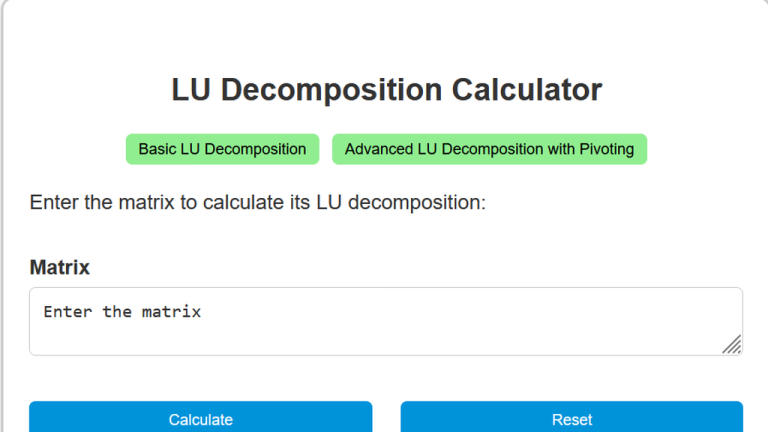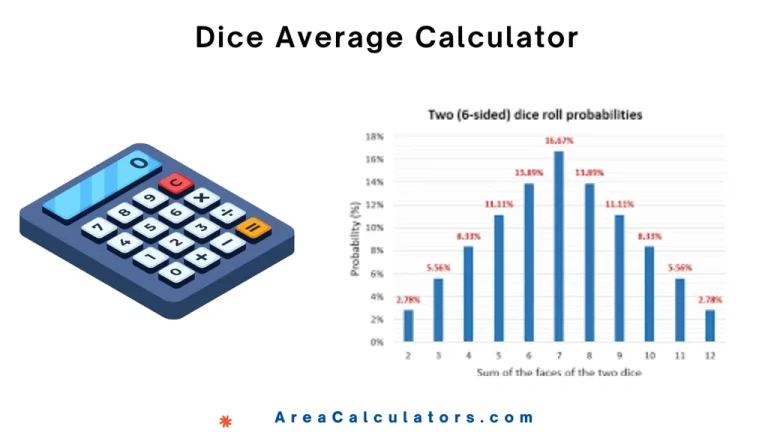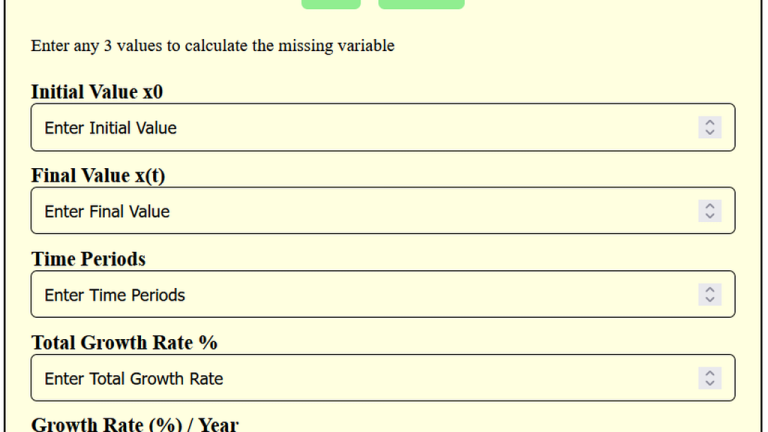Formula:
The formula used by the CFM to kW Calculator is as follows:
Variables:
| Variable | Meaning |
|---|
| kW | Power output in kilowatts |
| CFM | Airflow rate in Cubic Feet per Minute |
| Electricity Cost | Cost of electricity per unit |
| Efficiency | Efficiency of the system (a value between 0 and 1) |
| 3412 | Conversion constant to calculate kW from CFM |
Solved Examples:
Example 1:
Given:
- Airflow rate (CFM) = 500 CFM
- Electricity Cost = $0.10 per unit
- Efficiency = 0.75
| Calculation | Instructions |
|---|
| Step 1: Substitute the values into the formula: | Start with the formula. |
| | Replace the variables with the given values. |
| Step 2: Calculate the denominator: | Multiply the efficiency by 3412. |
| | Simplify the denominator calculation. |
| Step 3: Calculate the kW: | Divide the numerator by the denominator. |
| Final calculation to determine kW. |
Answer: The power output is approximately 0.0196 kW.
Example 2:
Given:
- Airflow rate (CFM) = 1000 CFM
- Electricity Cost = $0.12 per unit
- Efficiency = 0.85
| Calculation | Instructions |
|---|
| Step 1: Substitute the values into the formula: | Start with the formula. |
| | Replace the variables with the given values. |
| Step 2: Calculate the denominator: | Multiply the efficiency by 3412. |
| | Simplify the denominator calculation. |
| Step 3: Calculate the kW: | Divide the numerator by the denominator. |
kW
| Final calculation to determine kW. |
Answer: The power output is approximately 0.0413 kW.
How this Calculator is Helpful For You?
When working with HVAC systems and related equipment, understanding the relationship between CFM (Cubic Feet per Minute) and kW (kilowatts) is crucial for effective energy management.
To begin, CFM measures the volume of air moved per minute, while kW measures the power required to travel that air. Although these two units measure different aspects, they are interconnected when calculating the efficiency and performance of ventilation systems.
To calculate the kW required for a specific CFM, you typically need to know the total system power and the airflow rate. The general formula involves dividing the total power in watts by the CFM, giving you an idea of how much power is needed per unit of airflow.

For example, if you have 1 kW of power, this might correspond to a specific CFM depending on the efficiency of the system. Conversely, calculating CFM from watts requires understanding the specific characteristics of your fan or ventilation system, as the conversion will vary based on design and operational factors.
CFM per watt is an important metric for evaluating the energy efficiency of a system, with higher values indicating more efficient airflow for the power consumed. In practical terms, understanding CFM also helps in determining the capacity of ventilation systems, such as what 2000 CFM represents in terms of air volume moved in a space.
Whether you’re working on heat systems, where CFM per kW plays a role in heat transfer, or simply need to convert between these units, having a clear grasp of the relationship between CFM and kW is essential for optimizing energy use and system performance.
Final Words:
In conclusion, the CFM to kW Calculator is a valuable tool for engineers, energy managers, and facility operators involved in HVAC and ventilation systems. Its ability to convert airflow rates into power consumption provides valuable insights for energy management and cost estimation, contributing to overall system efficiency and sustainability.





